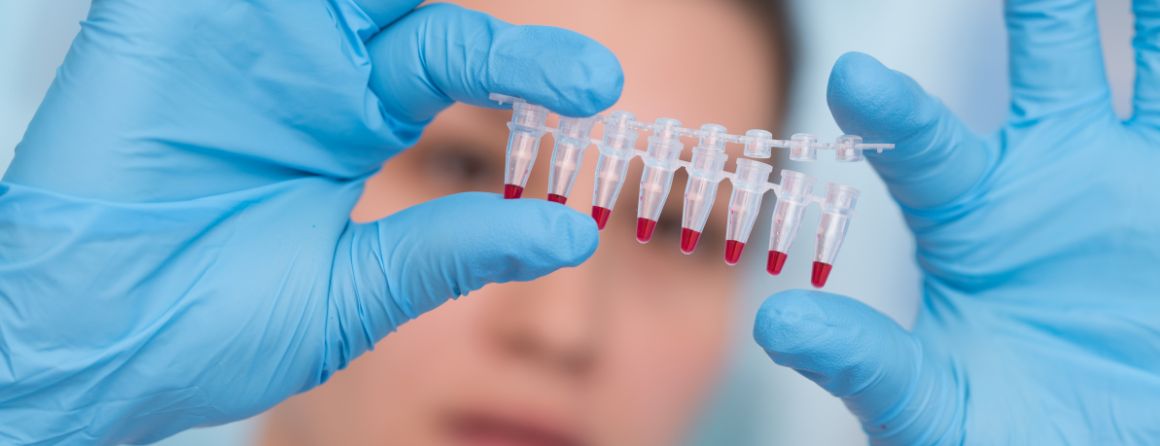Modelling a brighter future

Imagine a world where cells from a sick child are used to model their disease, better understand the cause of their illness and develop customised treatments or replacement organs to aid their recovery. This is the vision of MCRI's world-leading Stem Cell Medicine research program, with 2018 bringing the potential closer to reality.
MCRI's stem cell experts broke new ground in 2018, spearheading research in which stem cells derived from a child with genetic kidney disease were grown into two sets of living mini-kidneys; one with the young patient's kidney disease and another which corrected the gene mutation.
The discovery, described by the University of Melbourne as "mind-blowing", showed the unparalleled value of modelling a patient's own tissue from stem cells, compared against traditional mouse models of disease.
Led by MCRI Theme Director of Cell Biology, Professor Melissa Little, the group demonstrated that gene editing could correct the mutation and stop the disease developing in the mini-kidney, also known as an organoid.
"Following this result, we now want to understand how we can use models made from a patient's stem cells to better understand their disease and find the most appropriate drugs for treatment," Prof Little says.
Disease models created from a patient's own cells are already helping researchers better understand conditions and develop more precise treatments. But MCRI's stem cell researchers are working towards a day when tissue that has been gene edited to remove the disease can be returned to the patient as a potential cure.
"Today, we can use our models to better understand a disease and develop appropriate treatments, but our long-term goal is to develop a tissue or a cell type that can ultimately go back into the patient," Prof Little says.
But it is a slow and laborious task creating enough identical organ models, one at a time, to meet the needs of research teams.
"We want to use these models to develop new drugs for diseases, so we need to be able to create them at scale and exactly the same as each other," Prof Little says.
A new facility at MCRI will speed up the production line, allowing for increased scale and precision to test new medications and deliver tailor-made treatments.
Heading up the new Disease Modelling and Drug Discovery Facility is Dr Alejandro Hidalgo. He brings significant experience across research and drug discovery within a major international pharmaceutical company.
"With researcher clinicians working across MCRI and The Royal Children's Hospital we have the invaluable opportunity to work with patients in the clinic and then apply that real world learning within our stem cell labs," Dr Hidalgo says.
"Now with the funding support received from the Stafford Fox Medical Research Foundation we are building and equipping those facilities to an industry-leading world standard."
The facility will centralise and enhance MCRI's ability to use models across the eight focus disease areas of kidney, heart, blood, immune system, brain, muscle, reproductive development, and bone and cartilage disorders.
Prof Little says this significant facility investment and new research talent have underpinned the stem cell program's rapid growth in 2018.
"We now have experts working across many of the body's organs and tissues, making us the largest group of researchers in Australia generating stem cells from a patient's blood or skin cells."
As well as precision cell therapies and drug discovery, MCRI's Stem Cell Medicine teams are also working towards organ regeneration and replacement to address the critical shortage of donor organs.
For kidney disease alone the implications are far-reaching, with more than 4000 Australians diagnosed with chronic kidney disease annually and a six per cent increase in cases each year.
In childhood kidney disease, around half is inherited. The responsible mutation is often unknown, which significantly limits effective treatment options.
" Investment in technology to advance our knowledge and build our research efficiency is now helping us achieve our vision of a future healthcare system that integrates evidence-based, stem cell derived treatments and possible cures, " said Professor Melissa Little.
Current treatments for chronically diseased and failing kidneys include dialysis or transplantation. But with only one in four renal failure patients receiving a transplant, there is an urgent need to develop new therapies.
In an important proof-of-concept finding published in 2018, MCRI, the University of Melbourne and Leiden University Medical Centre researchers transplanted a stem-cell derived organoid under the protective layer surrounding the kidney of a living mouse.
By using gene-edited stem cell lines of different colours, the researchers could see blood flow through the filtration units of the human kidney organoid, revealing the connections between the blood vessels of the mouse and the human kidney tissue.
Four weeks after transplantation, the kidney tubules and blood vessels showed evidence of fully developed adult kidney tissue.
"There is a long way to go to make the tissue large enough for treatment, but knowing that it will begin to function is an important step along the way," Prof Little says.



